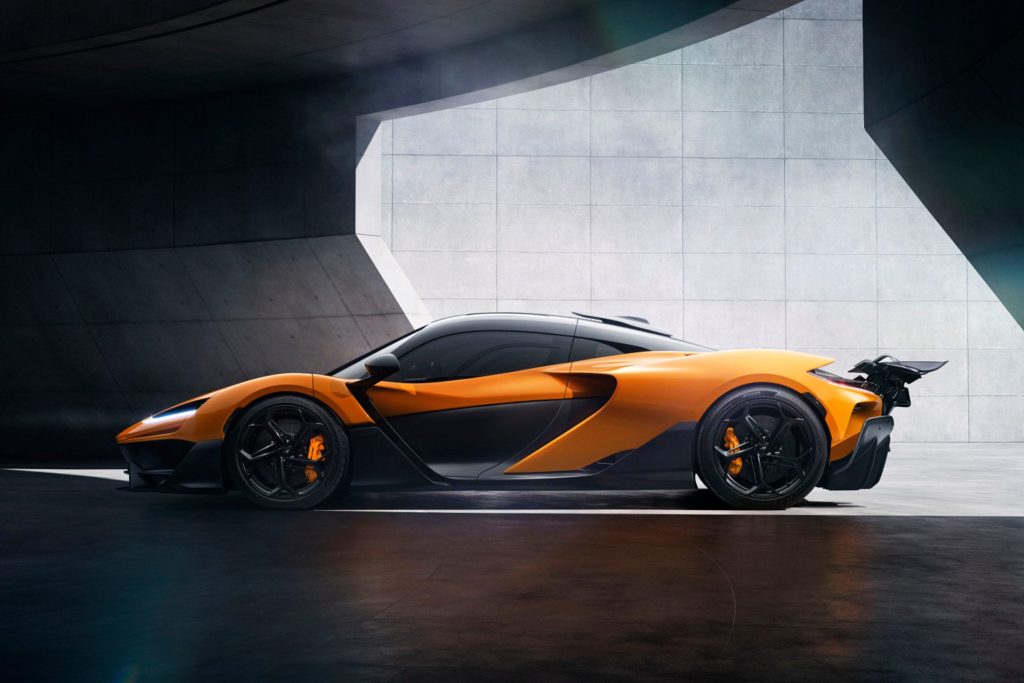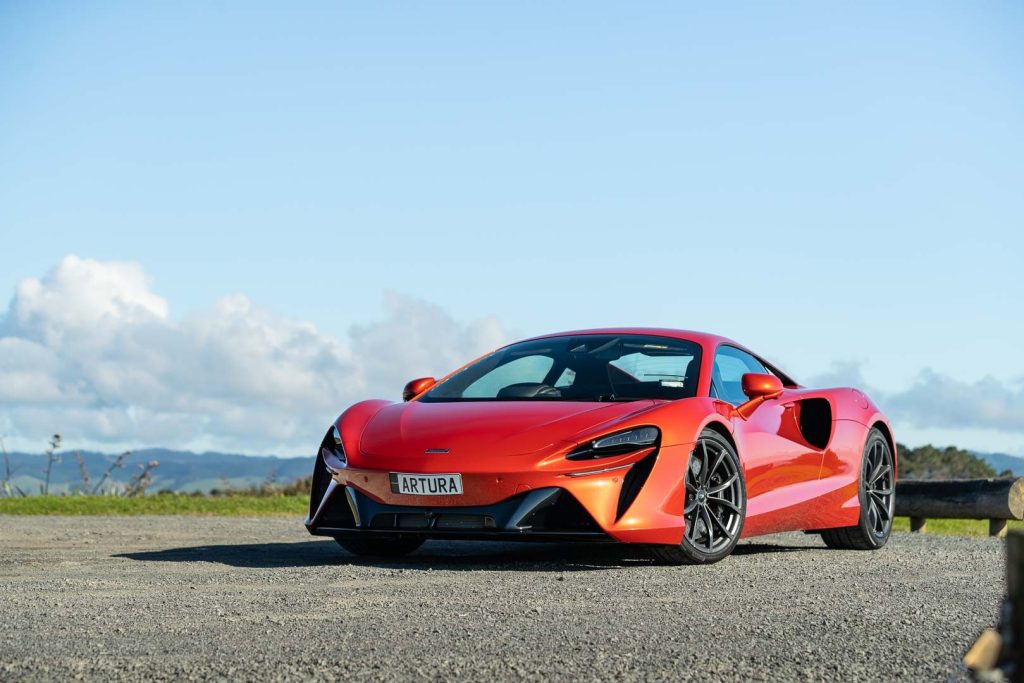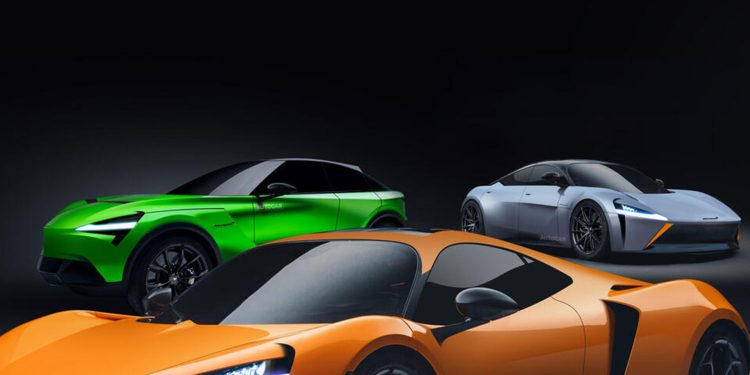A new era begins for supercar maker McLaren
Words NZ Autocar | Images Autocar UK, NZ Autocar
McLaren is entering a new era under new leadership, and has plans for an electric SUV that will be transformative for the brand.

Abu Dhabi investment fund CYVN Holdings acquired McLaren Automotive in April, merging it with British start-up Forseven, Gordon Murray Automotive’s technology arm, and a licensing deal with Chinese EV maker Nio. The resulting McLaren Group Holdings will relaunch McLaren with greater financial stability and fresh direction.
CEO Nick Collins, a former JLR R&D boss, says McLaren will stick to its DNA while expanding its horizons. The upcoming W1 hybrid hypercar is due out next year. Now attention is shifting to an electric SUV, due in 2027.
Collins’ predecessor, Michael Leiters, had wanted a four-door SUV to rival the Ferrari Purosangue and Aston Martin DBX. It would have used a detuned version of the W1’s 920kW hybrid drivetrain. And it would have been exclusive and expensive.

But Collins and his Forseven team, many from JLR, are steering towards a very different SUV concept. They will produce a Range Rover-inspired luxury model, and it will be electric rather than hybrid. This flies in the face of cooling enthusiasm for expensive electric luxury sport vehicles. For example, Lamborghini and Ferrari have both delayed their debut electric supercars.
Collins believes flexibility is key to the firm’s future. McLaren will not go all-electric but will sell combustion, hybrid and pure EVs depending on markets and regulations. Whether or not it uses Nio’s battery and motor systems is unclear but Collins does admit that access to them is a “huge opportunity”. A possible joint project with BMW never came to anything.
The CYVN takeover means debt has been cleared while costs are being cut, with 500 jobs going. The McLaren board now includes former Ferrari CEO, Luca di Montezemolo, ex-Rolls-Royce chief, Torsten Müller-Ötvös, and veteran chairman Paul Walsh.

Some important decisions remain. Whether to build one or two SUVs, how sporty versus luxurious they should be, and what powertrains to use. Forseven had been developing a swift SUV to take on the RR Sport so this may join the line-up.
Manufacturing questions also loom. CYVN now owns Gordon Murray’s iStream system, designed for flexible, cost-efficient production of specialist vehicles. But volumes are important. The iStream system is designed for thousands of units. Chasing annual sales of 20,000 units would require contract manufacturing or a new plant.

And what of the Artura hybrid supercar? While praised for its driving experience, there have been parts failures and software issues. A reskin and relaunch could allow new design boss, Alister Whelan, to stamp his authority on McLaren’s range. And a fresh naming strategy may help differentiate its line-up better.

Collins is also suggesting a new emotional marketing approach for McLaren, inspired by F1 successes and the Drive To Survive series.
By humanising McLaren’s heritage and utilising its racing resurgence, the brand aims to reconnect with fans. Collins outlines a vision of sustainable profitability, ongoing reinvestment, and global stature. He wants it to become a company the UK can take pride in, rather than one stumbling from one financial crisis to the next.
McLaren’s electric SUV strategy remains fluid but however that plays out, the company is plotting the boldest transformation in its history. Announcements on the SUV and other produces are expected before the end of the year.





